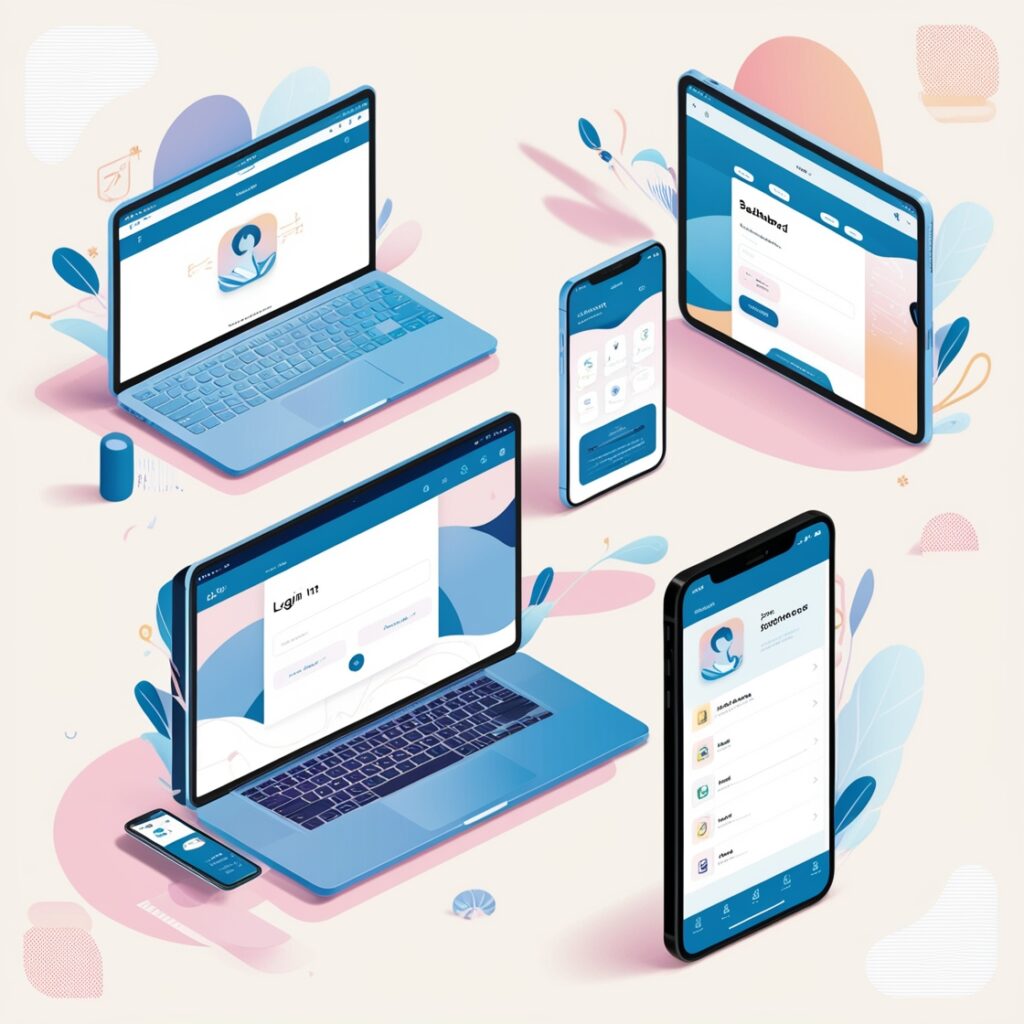The demand for cross-platform apps continues to rise as businesses aim to reach both Android and iOS users efficiently. Flutter, Google’s open-source UI toolkit, has become the go-to framework for creating stunning, high-performance apps that work seamlessly across platforms.
This guide dives into how to start building a cross-platform app with Flutter in 2025, even if you’re a beginner.
Why Choose Flutter for Cross-Platform Development?
1. Write Once, Deploy Anywhere
Flutter allows you to write a single codebase for both Android and iOS, significantly reducing development time and cost.
2. Outstanding Performance
With its Dart programming language and Skia Graphics Engine, Flutter delivers smooth animations and fast performance comparable to native apps.
3. Extensive Widget Library
Flutter’s widgets enable you to create custom UI designs that look consistent across platforms.
4. Active Community and Regular Updates
Flutter has a growing developer community and frequent updates, ensuring robust support and the latest features.
Key Features of Flutter in 2025
• Material 3 Design: Create apps that follow Google’s latest design principles.
• Integration with AI: Easily incorporate AI-powered features with prebuilt plugins.
• Enhanced Performance: Optimizations in Flutter 4.0 ensure even faster runtime.
• Desktop and Web Support: Build apps that run on mobile, desktop, and web.
Steps to Build a Cross-Platform App with Flutter
Step 1: Set Up Your Development Environment
1. Install Flutter
Download and install the latest Flutter SDK from the official Flutter website.
2. Set Up an IDE
Choose an IDE like Visual Studio Code or Android Studio. Install Flutter and Dart plugins for seamless development.
3. Test Your Installation
Run the command:

This will verify your setup and highlight any missing dependencies.
Step 2: Plan Your App
Outline the app’s purpose, features, and target audience. Popular use cases for cross-platform apps include:
• E-commerce platforms
• Social networking apps
• Fitness trackers
• Educational tools
Step 3: Start Building Your App
1. Create a New Flutter Project
Use the Flutter CLI to generate a new project:

2. Design the UI
Flutter provides two main design systems:
• Material Design: For Android-like UI.
• Cupertino Widgets: For iOS-like UI.
Use prebuilt widgets or customize your own for unique designs.
Example Code for a Simple UI

3. Add Core Functionalities
Integrate features like authentication, API calls, and database management using Flutter packages.
Popular plugins in 2025:
• Firebase: For backend support (authentication, database, and storage).
• Hive: A lightweight, NoSQL database for local storage.
• Riverpod: For state management.
Step 4: Test Your App
1. Run on Emulators and Devices
Test your app on multiple devices to ensure compatibility.

2. Debugging Tools
Use Flutter’s DevTools to debug and optimize your app’s performance.
Step 5: Optimize for App Stores
1. Prepare for Deployment
• Generate platform-specific app icons and splash screens.
• Update app metadata and privacy policies.
2. Build APK and IPA Files
Use Flutter commands to create production-ready builds:

3. Publish Your App
Submit your app to the Google Play Store and Apple App Store following their respective guidelines.
Tips for Success in 2025
1. Focus on Performance: Optimize animations and reduce app size to enhance user experience.
2. Incorporate AI Features: Use AI plugins to include chatbots, image recognition, or personalized recommendations.
3. Enable Accessibility: Design for users with disabilities by adding screen reader support and high-contrast themes.
4. Keep Up with Trends: Regularly update your app to include the latest Flutter advancements and design trends.
Benefits of Using Flutter for Cross-Platform Apps
• Cost Efficiency: Save on development and maintenance costs.
• Faster Time-to-Market: Speed up the development process with a single codebase.
• Scalability: Easily add features or adapt the app for new platforms.
• Consistency: Deliver a uniform user experience across devices.

Common Challenges and Solutions
1. Device-Specific Bugs:
• Test thoroughly on various devices and operating systems.
2. Complex Animations:
• Use Flutter’s Rive or Lottie plugins for smoother animations.
3. State Management Issues:
• Use tools like Riverpod or Provider for efficient state management.
Conclusion
In 2025, building a cross-platform app with Flutter remains one of the most efficient ways to create high-quality, scalable apps for Android and iOS. Its growing ecosystem, frequent updates, and unmatched performance make it a developer favorite. For more contents like this keep learning with getsetbuild.
Whether you’re a business owner or a developer, Flutter empowers you to bring your app idea to life with minimal effort and maximum impact. Start your cross-platform journey today and leverage the power of Flutter!




Your article helped me a lot, is there any more related content? Thanks!
Your point of view caught my eye and was very interesting. Thanks. I have a question for you.
I don’t think the title of your article matches the content lol. Just kidding, mainly because I had some doubts after reading the article.
Your article helped me a lot, is there any more related content? Thanks!